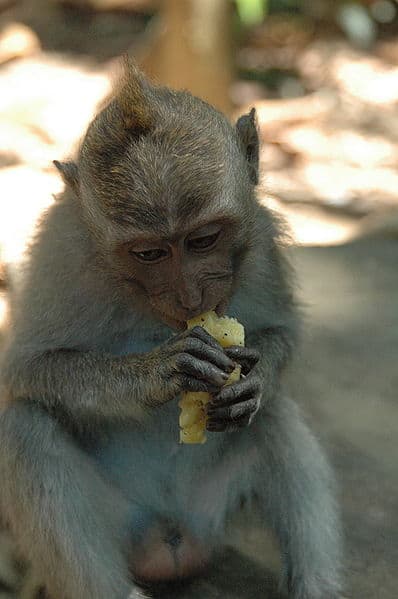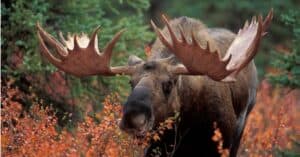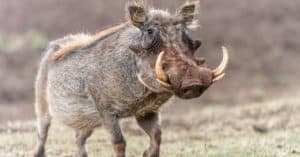Herbivores
Herbivorous animals are vegetarians meaning that they only eat plants. Many animals are unable to eat large amounts of vegetation as their digestive systems are unable to break it down. Herbivorous animals have evolved to be able to consume and digest large quantities of plants, many of which have more than one stomach. Elephants, rabbits, manatees and deer are all herbivorous animals.Omnivores
Animals that are said to be omnivorous, are animals that eat pretty much anything. An omnivorous diet is made up from both plant matter and other animals, as lots of animals need to eat a high amount of protein which other animals contain. Humans, bears, lemurs, raccoons and numerous birds are all omnivorous animals.Carnivores
Carnivorous animals are meat-eaters, meaning that they only eat other animals in order to get their nutrition. Carnivores usually have sharp teeth and strong jaws, which they need to successfully catch and eat their prey. Lions, crocodiles, sharks, otters and weasels are all carnivorous animals.Food Chains
Regardless of their lifestyle, all animals, ultimately provide food for other animals. Animals are connected to one another by food chains, which involves the passing of food from one animal species to another. Animal food chains rarely contain more than 5 or 6 animals, mainly due to the fact that animals pass on only a tenth of their energy as they use the rest of it. Typically food chains start with a plant which is known as the producer. The producer in a food chain gains the energy it needs from the sun and is the only link in the food chain which does not consume organic matter. The producer is consumed by a herbivore known as a primary consumer, which is then consumed by the secondary consumer, generally a small, omnivorous animal. The tertiary consumer, usually a smaller carnivore, then eats the small omnivorous mammal. The tertiary consumer is also sometimes eaten by a larger carnivore which would be the quaternary consumer. Food chains differ from one another all over the world, and are largely dependent on the habitat and the species which live there. Food chains for marine species work in the same way, although the producers in marine food chains are usually small aquatic plants and phytoplankton.Tools
Animals have adapted in order to more easily obtain food and animals from all around the world are known to use tools both to eat their food and to obtain it. All animals have developed strong jaws, teeth and tongues in order to make the most of their meals and some animals such as apes, use tools such as rocks and sticks in order to get their food.Thank you for reading! Have some feedback for us? Contact the AZ Animals editorial team.








